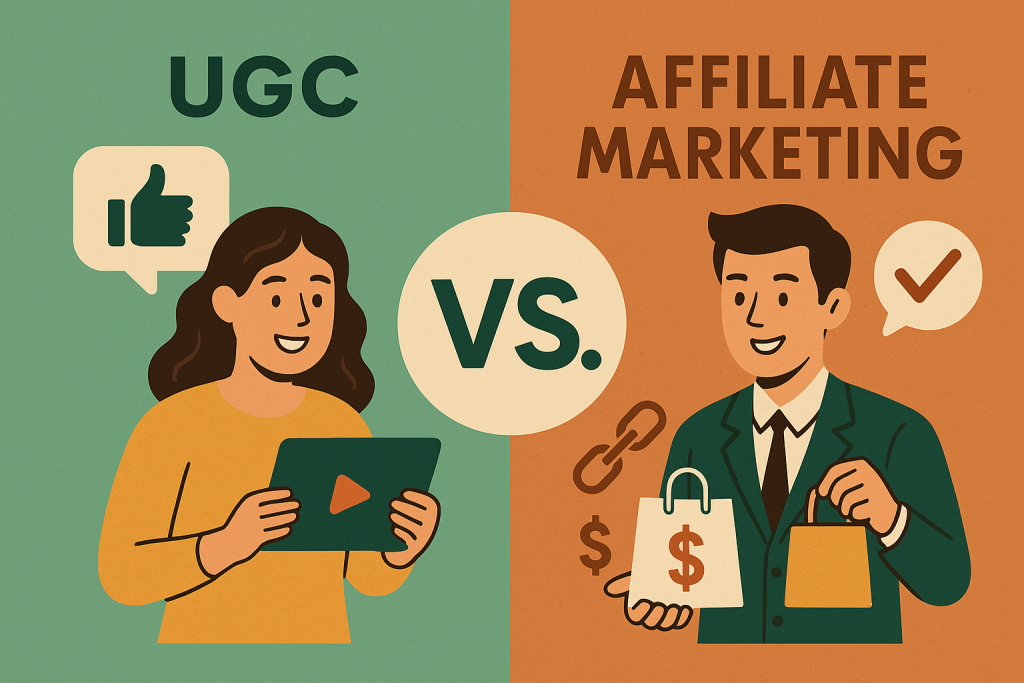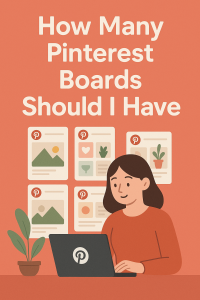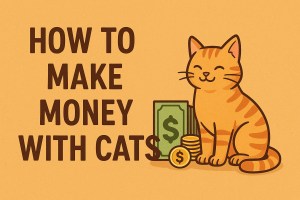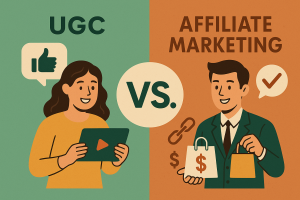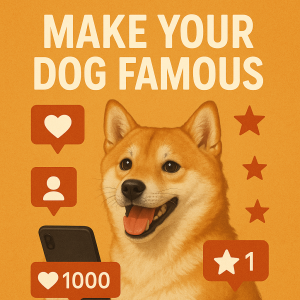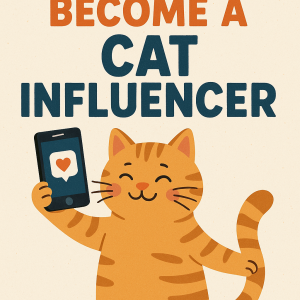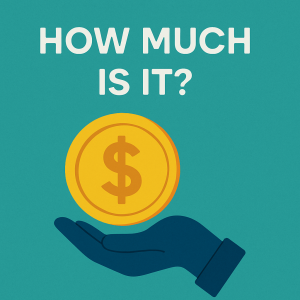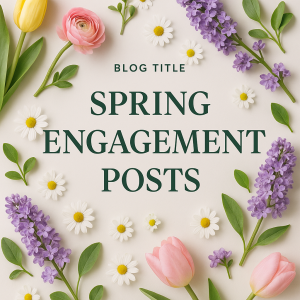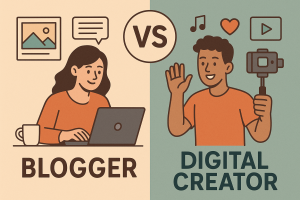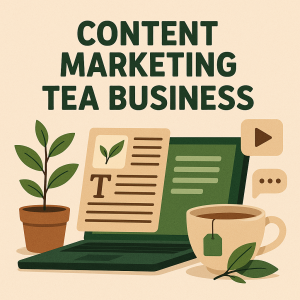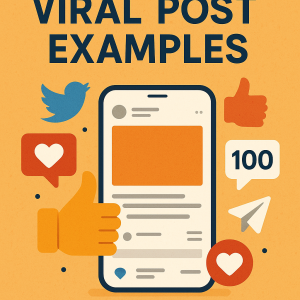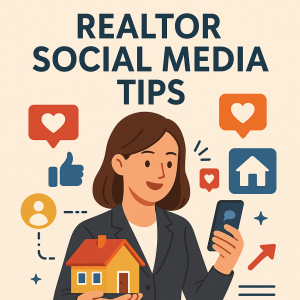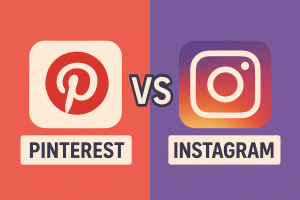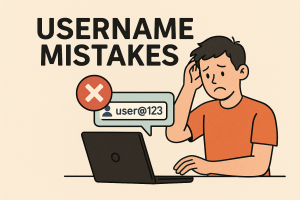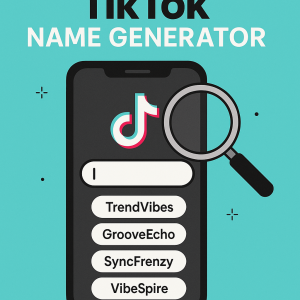Welcome to your go-to resource for navigating today’s fast-changing digital strategies. Whether you’re building a startup or scaling an established business, understanding how to leverage modern promotional methods is key. Let’s explore two approaches reshaping how brands connect with audiences in 2025.
Recent data shows affiliate-driven campaigns are projected to drive over $15 billion in U.S. sales by next year. Meanwhile, content created by real users continues to dominate social feeds, with 83% of consumers saying peer recommendations heavily influence purchases. This guide breaks down how these strategies work, their unique strengths, and how to align them with your goals.
We’ll walk through practical insights—from boosting credibility through authentic voices to maximizing revenue streams. You’ll learn how to balance short-term wins with long-term community growth. Plus, discover actionable tips for blending these tactics seamlessly into your 2025 playbook.
Key Takeaways
- Affiliate-driven promotions are growing 15% year-over-year, offering scalable revenue opportunities.
- User-shared content builds trust, with 74% of shoppers preferring it over traditional ads.
- Combining both strategies can increase engagement by up to 40% compared to using one alone.
- Successful integration requires clear goals, audience alignment, and performance tracking.
- Emerging trends like AI curation and micro-influencers will shape these methods in 2025.
Introduction to Affiliate Marketing and UGC
Let’s start by unpacking two powerful tools shaping modern brand growth. Both approaches thrive on real voices and measurable results—but how do they actually work?
Performance-Driven Partnerships
Imagine paying only when someone else’s efforts drive sales. That’s the core of affiliate marketing. Brands collaborate with creators or publishers who promote products through unique links. When those links convert, the partner earns a commission. This model works because it’s low-risk and scales easily.
Audience-Created Storytelling
Now picture your customers becoming your loudest advocates. User-generated content (UGC) includes Instagram reels, TikTok reviews, or blog posts made by everyday people. A recent survey found “83% of shoppers trust recommendations from peers more than branded ads”. This organic material feels genuine because it’s unfiltered.
| Strategy | Core Strength | Key Players | Content Type |
|---|---|---|---|
| Affiliate Partnerships | Scalable revenue | Influencers, bloggers | Promotional links |
| UGC Campaigns | Trust-building | Customers, advocates | Authentic posts |
Both methods rely on social media to spread messages. While affiliates focus on conversions, UGC nurtures community. Marketers often blend these tactics—like asking loyal customers to share referral codes. Up next, we’ll explore how to maximize their combined potential.
Benefits and Mechanics of Affiliate Marketing
Modern commerce thrives on partnerships that convert effort into tangible outcomes. Performance-driven models let brands grow while minimizing financial risks. With affiliate spending hitting $12 billion annually, this approach rewards real results—not just clicks or views.
Performance-Based Strategy Benefits
You only pay when affiliates deliver. Commissions hinge on completed sales or qualified leads. This aligns costs with revenue, making budgets predictable. Platforms like ClickFunnels use this model to scale campaigns efficiently. Their dashboard updates in real time, showing which partners drive conversions.
Scalability and Measurable ROI
Expand your reach without hiring more staff. Affiliate networks let you tap into thousands of promoters overnight. Bluehost, for example, partners with tech bloggers who create hosting tutorials. Each tutorial links to their site, tracked via unique codes.
| Tracking Tools | Primary Benefit | Content Formats |
|---|---|---|
| Google Analytics | Budget control | Product reviews |
| Impact Radius | Scalable reach | Video tutorials |
| ShareASale | Real-time data | Social posts |
Marketers love clear metrics. “Our ROI doubled after switching to commission-only partnerships,” says a Shopify store owner. Tools track everything—from click-through rates to lifetime customer value. Adjust strategies weekly based on what works.
Challenges in Affiliate Marketing
Behind every growth strategy lie hurdles that test its sustainability. While performance partnerships offer clear benefits, they also demand vigilant oversight to protect your investments and reputation.
When Growth Comes With Risks
Cookie stuffing remains a persistent threat, where affiliates manipulate tracking systems to claim unearned commissions. In 2024, one skincare brand lost $220,000 to such schemes before implementing fraud detection tools. False leads—like bot-generated clicks—can similarly drain budgets without delivering real customers.
Managing partnerships requires constant attention. “We spend 15 hours weekly resolving payment disputes and content approvals,” notes a Shopify merchant. Without clear guidelines, affiliates might share outdated pricing or misrepresent product features, confusing potential buyers.
| Fraud Type | Impact | Prevention Method |
|---|---|---|
| Cookie Overwriting | Stolen commissions | Multi-touch attribution |
| Fake Social Engagement | Inflated metrics | Third-party verification |
Building Trust Through Transparency
Top beauty influencer Jenna Rae recently faced backlash for promoting a supplement without disclosing its affiliate links. Such incidents highlight why brands need:
- Pre-approved post templates
- Monthly compliance audits
- Real-time performance dashboards
Platforms like Impact Radius help track cross-channel promotions. Yet 42% of businesses still struggle with inconsistent messaging across partner networks. The solution? Combine automated tracking with human oversight to maintain brand integrity while scaling campaigns.
Advantages and Impact of UGC
Imagine your customers becoming your most persuasive marketers—without a script. This is the power of user-generated content, where everyday people share unfiltered experiences that resonate deeply. A staggering 92% of shoppers trust these organic posts more than polished ads, according to Stackla’s 2025 Consumer Trust Index. From TikTok dance challenges featuring products to Instagram photo tags, this strategy turns audiences into active participants.
Authenticity That Sparks Connection
Real reviews and unboxing videos cut through the noise. When a college student shares their “nightly skincare routine” using your products, it feels relatable. Brands like Glossier thrive by reposting customer selfies, creating a loop where fans feel seen. This raw honesty builds communities, not just follower counts.
Budget-Friendly Creative Fuel
Why spend thousands on photo shoots when your audience provides fresh material? GoPro’s #TravelWithGoPro campaign generated over 4 million user-submitted adventure clips in 2024—all reusable for ads. Platforms like TikTok simplify sharing, letting you curate diverse stories without production costs. One coffee chain saved 68% on content costs by featuring customer latte art contests.
“Our engagement tripled when we started spotlighting client before-and-after photos,” notes a Sephora social media manager.
This approach also multiplies reach. A single post from a satisfied customer can ripple across Facebook groups, Pinterest boards, and YouTube tutorials. Over time, these genuine interactions cement lasting loyalty, proving that real voices drive real results.
ugc vs affiliate marketing: A Side-by-Side Comparison
Choosing the right promotional strategy feels like picking tools for a toolbox—each has distinct advantages for specific jobs. Let’s examine how these approaches stack up in critical areas like budget efficiency and brand messaging.
Cost-Effectiveness and Conversion Rates
Performance-based partnerships require upfront commission budgets. For example, Sephora pays affiliates 8-12% per sale through trackable links. While this model delivers fast results, costs add up quickly. In contrast, UGC campaigns often start organically—like DoNotAge’s customer success stories that spread without paid incentives.
Conversion timelines differ too. Affiliate links typically drive immediate purchases, while UGC builds gradual trust. One skincare brand saw 42% higher repeat purchases from user reviews versus one-time affiliate buyers.
| Strategy | Cost Structure | Conversion Speed | Brand Control |
|---|---|---|---|
| Affiliate Partnerships | Commission-based | Immediate | High (pre-approved content) |
| UGC Campaigns | Low/no cost | Sustained | Moderate (organic sharing) |
Audience Targeting and Brand Control
Affiliates let you promote products to niche groups. A gaming headset brand might partner with Twitch streamers to reach dedicated players. UGC, however, thrives on broad community participation—think TikTok challenges that engage casual fans and loyal customers alike.
Messaging consistency varies significantly. As one retail marketer notes: “Our affiliate guidelines ensure color-accurate product shots, while UGC keeps our feed relatable with real-life lighting.” Trackable links offer precise website traffic data, whereas UGC metrics focus on shares and sentiment.
“We use both strategies—affiliates for holiday sales spikes, UGC for year-round authenticity.”
Ultimately, the best way forward depends on your goals. Need quick revenue? Lean into affiliate partnerships. Building lasting connections? Amplify customer voices. Many brands blend both for a balanced approach.
Integrating Affiliate Marketing with UGC
Smart brands in 2025 aren’t choosing between community trust and sales—they’re building systems that do both. By merging performance-driven partnerships with authentic storytelling, companies unlock dual benefits: measurable conversions and lasting audience connections.
Creating Synergy Between Strategies
Imagine influencers creating unboxing videos and sharing trackable links. Platforms like Billo help brands achieve this by paying affiliates for both UGC creation and resulting sales. Outdoor Voices boosted holiday revenue by 37% using this hybrid approach—rewarding creators for customer testimonials that included promo codes.
Effective synergy starts with clear incentives. Offer affiliates:
- Higher commissions for UGC-style posts
- Pre-approved hashtags linking to affiliate pages
- Real-time analytics showing content performance
“Our top-performing creators earn 22% more when combining tutorials with product links.”
Leveraging Technology for Tracking and Curation
Tools like Social Snowball merge UGC aggregation with affiliate tracking. Users submit photos through branded hashtags, which automatically generate shoppable links. These platforms track:
| Platform | Core Feature | Content Type | Tracking Ability |
|---|---|---|---|
| Impact Radius | Cross-channel attribution | Video reviews | Lifetime customer value |
| Social Snowball | Auto-link generation | Instagram posts | Engagement-to-sale ratios |
Unified dashboards let teams monitor campaign health holistically. A skincare brand using these tools reduced ad spend by 41% while maintaining sales targets. The key? Letting authentic voices drive promotions while tech handles the math.
Data-driven optimization becomes effortless when both strategies share metrics. Track which UGC posts drive affiliate clicks, then double down on that content style. This feedback loop keeps campaigns fresh and communities engaged.
Future Trends in Affiliate Marketing and UGC
The digital landscape never stops evolving—what worked yesterday might falter tomorrow. Brands must anticipate shifts in how audiences discover products and build trust. Let’s explore innovations reshaping performance partnerships and organic advocacy.
Video-First Platforms Redefine Engagement
TikTok now drives 3x more conversions than static posts for beauty brands. Instagram’s Reels algorithm prioritizes authentic clips over polished ads. Expect these trends to accelerate:
- Nano-influencers (1K-10K followers) gaining traction for hyper-local campaigns
- Platforms like Social Snowball merging shoppable links with UGC galleries
- Live-stream shopping events featuring real customer testimonials
“Our Nike collab with Cristiano Ronaldo’s training videos generated 19M views in 48 hours—proof that star power still moves needles.”
AI Personalization Meets Human Creativity
Tools like Canva’s Magic Studio now suggest content themes based on audience demographics. Brands analyze review sentiment to tailor affiliate offers. A recent test showed personalized campaigns yield 68% higher click-through rates than generic ones.
| Traditional Approach | Data-Driven Future |
|---|---|
| Mass email blasts | Dynamic product recommendations |
| Fixed commission rates | AI-adjusted payouts based on content performance |
One skincare company cut acquisition costs by 33% using AI to match micro-influencers with ideal customers. As algorithms improve, expect hyper-targeted campaigns that feel both high-tech and deeply human.
Success in 2025 demands balancing automation with authenticity. Brands that harness emerging platforms while respecting audience intelligence will thrive. Stay curious, test relentlessly, and let data guide—not dictate—your strategy.
Conclusion
In today’s digital age, blending authenticity with measurable outcomes isn’t just smart—it’s essential. Brands that combine customer-driven stories with performance partnerships see up to 40% higher engagement than those using single strategies. Remember: real voices build trust, while trackable links deliver sales.
Successful campaigns balance quick wins with lasting relationships. For example, companies using creator collaborations alongside repurposed client photos reduced ad spend by 41% while maintaining revenue. Tools like shoppable hashtags and AI-driven analytics make this synergy effortless.
Marketers must stay agile. Test new platforms, reward top-performing collaborators, and let data guide creative decisions. As platforms evolve, so should your approach—prioritize genuine connections without sacrificing ROI.
Ready to elevate your strategy? Explore tools that merge community content with conversion tracking. Start small, measure diligently, and watch your brand thrive in 2025’s competitive landscape.

